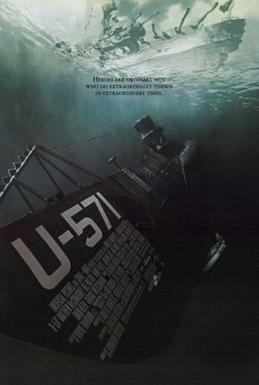Today, I wanted to give a shout out to perhaps the most poorly loved of the Core Four Classes of tabletop role-playing, the Cleric:
Although published along with the Fighting-Man and the Magic-User in Original Dungeons & Dragons (1974), the Cleric, unlike those two classes, did not have a clear antecedent in the Fantasy Supplement to the Chainmail miniatures wargame (1971). And, unsurprisingly, there are no clear antecedents for the Cleric in Fantasy literature either. Rather, this class began in Dave Arneson's Blackmoor campaign, where they filled several key roles in the party, most notably as a healer and as a counter to undead.
Despite being probably the most powerful class at lower and middle levels in older editions of Dungeons & Dragons, being something of a hybrid of the Fighting-Man and the Magic-User (reasonable melee combatant, decent caster plus the most generous XP table), there's often a reluctance by players to be "stuck" playing the party healer, since, in my experience, most players prefer to focus on their own character's exploits rather than being at the service of others (e.g., healbot).
Not helping the situation are the weapon restrictions that Gary Gygax added to the Cleric. Since all weapons do the same damage in OD&D, these weapon restrictions are primarily in place to prevent Clerics from utilizing magic swords. However, in later editions, it becomes a serious blow to the Cleric's general appeal. These gamist restrictions are justified by some wildly inaccurate "history".
The Cleric's weapon restrictions in D&D are also defended in-game with some equally dubious "facts", namely that blunt weapons do not draw blood. Now, if you whack someone with a baseball bat, chances are pretty good you'll start to see blood before too long. Perhaps one might argue that "drawing blood" means cutting or piercing flesh, but that seems to me like a distinction without practical difference.
In any event, given the lack of clear antecedents, it is unsurprising that other rule sets take the general idea but focus on only part of the OD&D Cleric's remit, such as healing (e.g., White Mages from Final Fantasy) or religion (e.g., Runequest's deity specific approach). Moreover, even D&D itself has moved away from the tropes it established, with newer editions shifting the Cleric's remit more toward leadership and by giving healing surges to everyone.
Another source of confusion is the Paladin (sub)class:
Like the Cleric, the Paladin is a heavily armed and armored holy warrior. Unsurprisingly, the conceptual difference between the two is fuzzy. Moreover, by having more in the asskicking department, it's hard not to argue that the Paladin stole a good bit of the Cleric's thunder.
So, for my rules set, Sorcery & Steel, I bring the Cleric back toward its Arnesonian roots and also blend in the best parts of the Paladin a single archetype: a soldier of faith who smites creatures of darkness and wields potent divine magic.



No comments:
Post a Comment